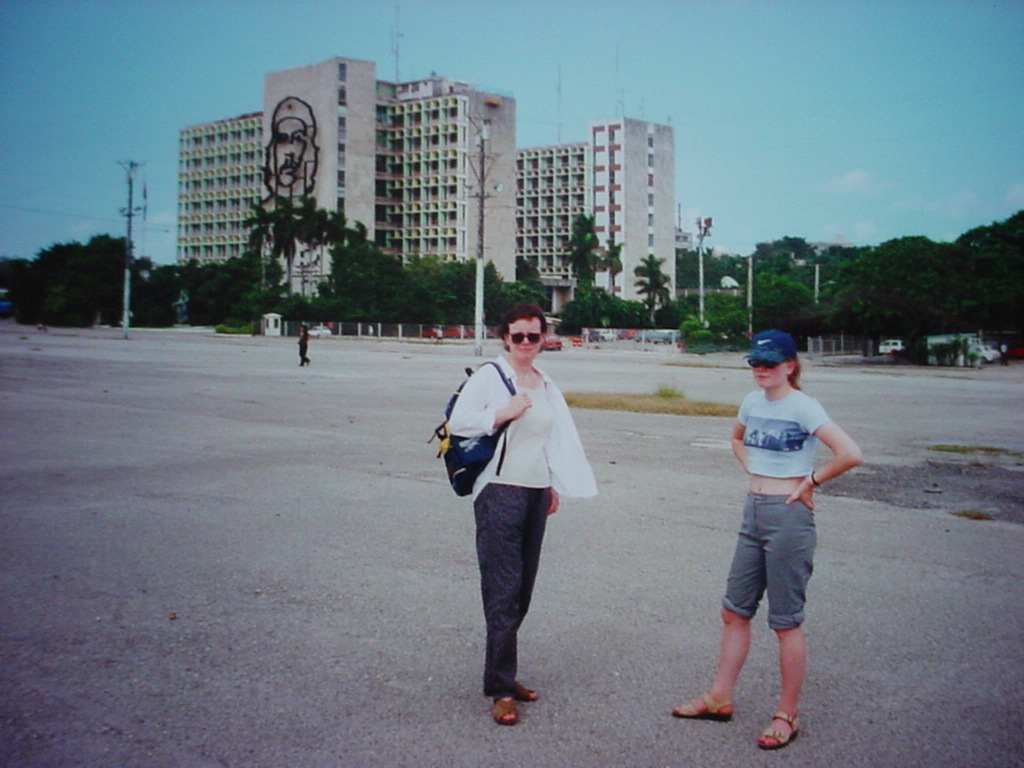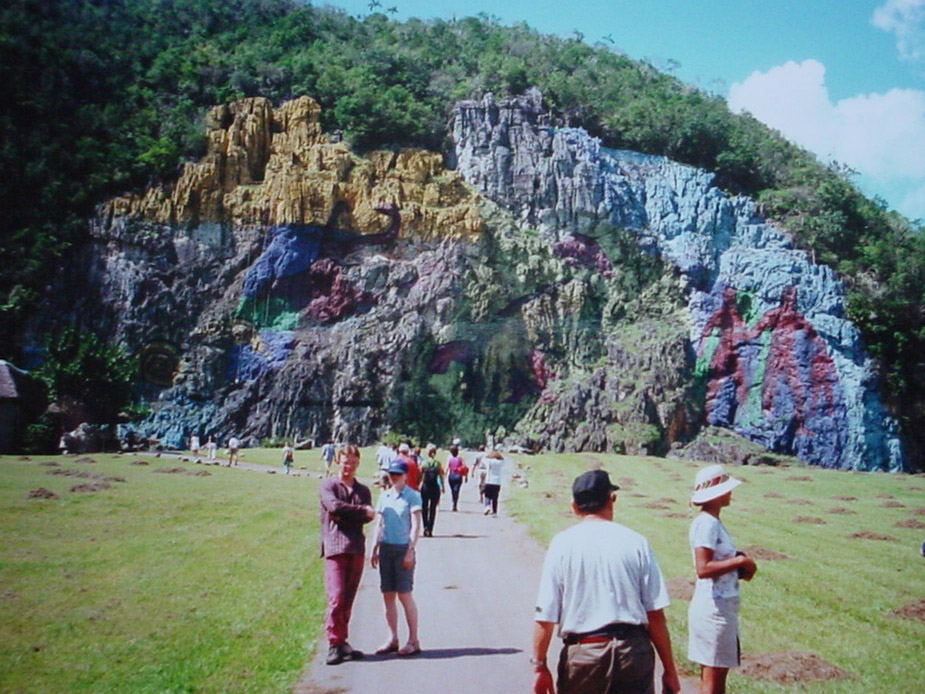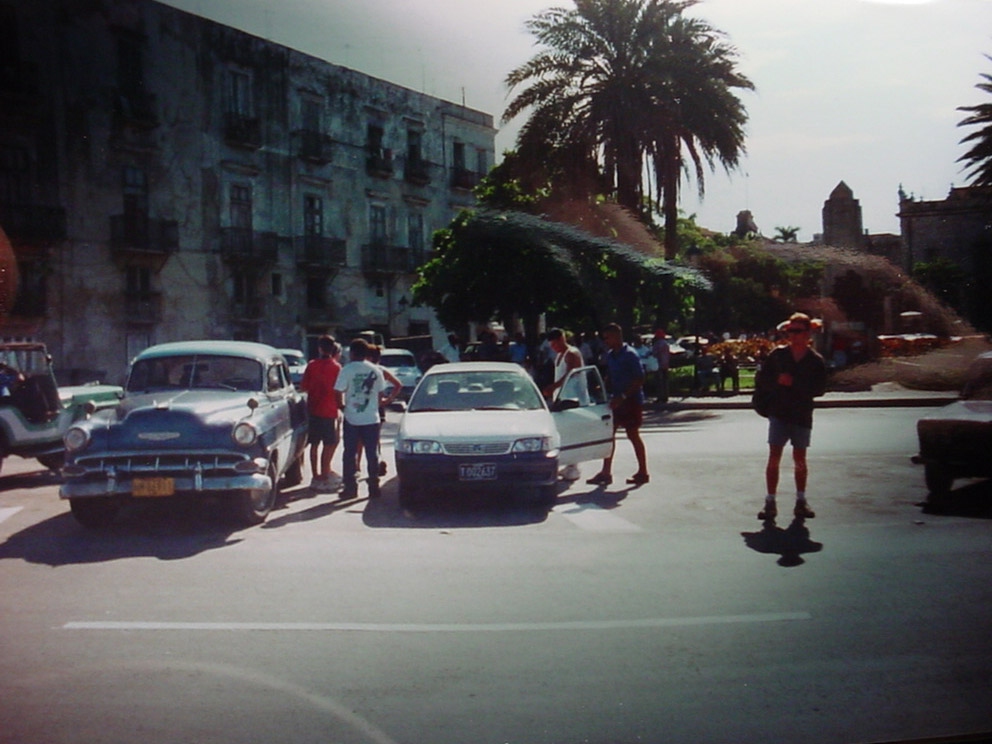Havana

Rum, cigars, classic cars and revolutionaries

Cuba is the largest Caribbean island, full of colour and music everywhere you go. It is well known for rum, cigars, Castro and Che. It is one of the last remaining truly communist countries, and has suffered under United States government sanctions since 1959. There are no flights connecting with the US and very little trade, leading to quirky side-effects such as the continued prevalence of American cars predating the embargo. In recent years things have begun to look brighter for the people of Cuba, but it remains one of only two countries where Coca-Cola is not officially sold, along with North Korea.
We visited Cuba in October 1999, to find that our hotel had been damaged by a recent hurricane, so we stayed at the adjacent hotel “El Viejo y El Mar” at Marina Hemmingway. I realised the following year that old Havana’s architecture is very much like Miami’s South Beach, but with decades of neglect. Unfortunately being the recalcitrant teenager that I was at the time, I had neither the means nor the appreciation to take decent photos, but this does give me another excuse to return someday soon.

The centre of La Havana, taken from the steps of their Capitol Building, which was built to resemble the United States Capitol in Washington, D.C. Yes, I should really have come up with a photo of the actual Cuban Capitol too, but if you want another example, look no further than Buenos Aires.
Plaza de la Revolucion still sports the portrait of Che Guevara in the background, on the Ministry of the Interior. Here the rallies take place and Fidel Castro would address the crowds. This particular image of Che is world famous, appearing on t-shirts and the walls of student flats the world over.


The Mural del la Prehistória was painted by students at the behest of Castro in the 1960s, on a rock face at Viñales to the west of Havana. Although colourful, it doesn’t necessarily have significant artistic merit. Viñales is a tropical jungle area, and there were dozens of eagles soaring around. We also went on a boat trip through a cave, and drank the juice straight out of coconuts split by local vendors.
Since the US trade embargo in 1959, Cuba found that its supply of cars rapidly dried up, and they had to make do with what they already had. That coupled with the price of imported Russian and European vehicles, means that Cuba still sports a huge fleet of pre-1960s American cars, largely decrepit and powered by Lada engines, but some gold dust can be found too.

Created 2003 | Updated 2015, 2023
